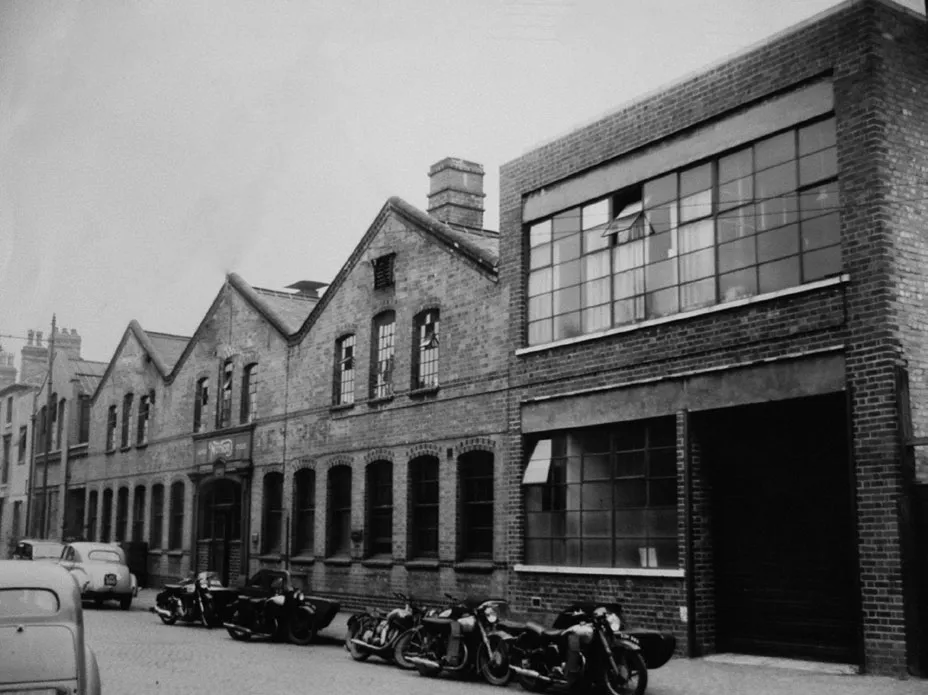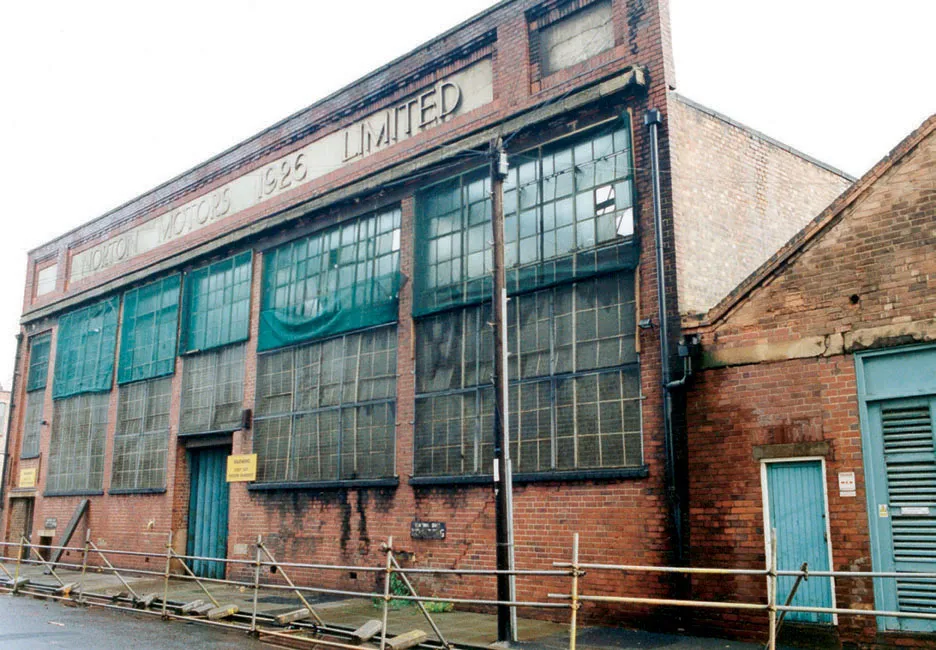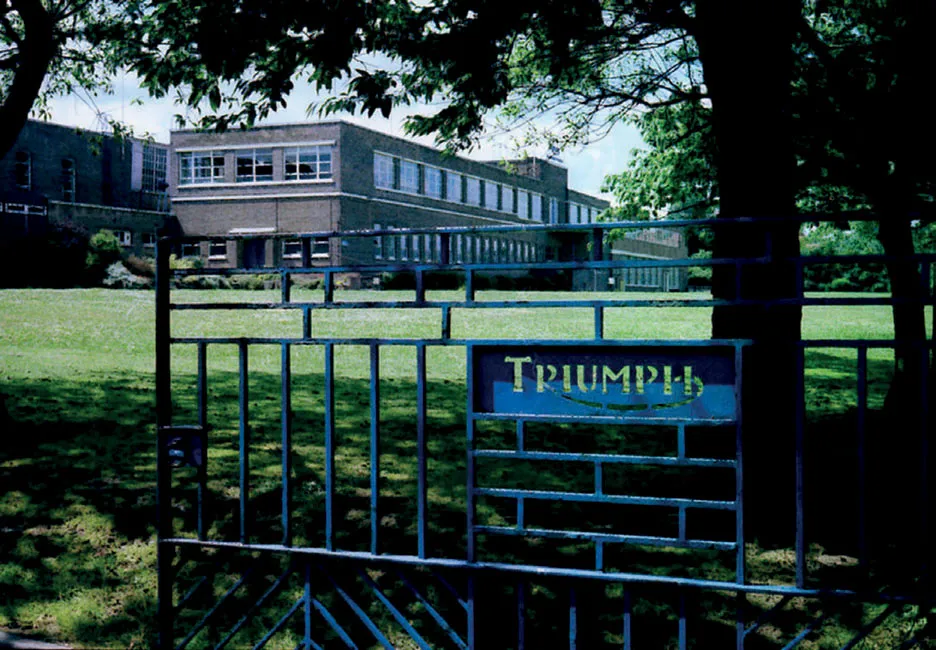![]()
Classic > adjective 1 Judged over a period of time to be the highest quality. 2 Remarkably typical. Synonyms – adjective 1 Definitive, enduring, exemplary, masterly, outstanding, archetypal, paradigmatic, quintessential. Noun 1 Masterpiece, a work of art of established value.
The origin of the word, like much of our rich language, comes from the Latin classicus, meaning ‘belonging to a class or division’ and later ‘of the highest class’.
In the years since the Second World War the term has been used more loosely, initially to represent designs of outstanding merit, and latterly, more generally, to represent items which, to put it bluntly, are simply old.
It’s a term that is now widely open to interpretation. Taking aircraft as an example, it is surely fair to adorn the likes of the Supermarine Spitfire, Avro Lancaster and Vulcan, English Electric Lightning and others of similar ilk with the description. Likewise Sir Nigel Gresley’s fabulous, art deco Pacific Streamliner locomotives, or those wonderful coachbuilt beauties from Messrs Rolls Royce and Bentley, or George Brough’s hand-built specials, or Phil Vincent’s super-fast V-twins, or the all-conquering racing Nortons from Birmingham …
The list is probably endless and each has its own argument for and against. What about Honda’s little 50cc step-thru moped? ‘What about it?’, you may ask. It’s a throwaway utility vehicle of no particular value apart from a basic means of getting from place to place, particularly in less developed countries, where it is often used as family transport. Images are regularly seen of the poor little thing overloaded with husband, wife, several children, animals, bales of straw, boxes of fruit, you name it. So how then can it be a classic? Well, it’s been in production in various specifications and sizes for over half a century and has sold tens of millions of units and continues to do so to this day. In that case, the dictionary definition of ‘definitive’ and ‘enduring’ certainly applies, though to be fair the ‘Nifty Fifty’ is at the opposite end of the scale to the likes of the Velocette Venom Thruxton when it comes to desirability – and market value. Having said that, would a peasant farmer from the developing world swap his Honda for a Thruxton? Certainly not in the practicality stakes, as a Thruxton would be no use to him whatsoever; but then, in his situation there is no classic status, his bike is simply everyday transport – and that of course is what most of our so-called classics once were.
Nowadays, anything with any age to it is deemed classic. As the classic car market has seen the prices of exotica climb to extraordinary heights, so has that vacuum formed below it sucked up the prices of lesser, more run-of-the-mill vehicles. As said market shows no sign of diminishing and the banks’ interest rates continue to stagnate, the investors have realized that a good return can be had from the classic motorcycle. This has had two effects on the market. The first is that prices for machines with a genuine history and provenance have rocketed, which in turn has flushed out onto the market many machines that have been tucked away for years, as owners finally cash in.
Once upon a time a Coventry Eagle V-twin such as this was just an old motorcycle; now it’s a very expensive and very sought-after commodity.
Not many years ago, anyone who had an old motorcycle, or car come to that, was seen as being, shall we say, at worst not particularly well off, or at best some form of eccentric. However, many such people eventually had the last laugh, as the old rubbish they stored away in their sheds and hen huts steadily became valuable and sought-after machines. Those hoarders now have an extremely healthy pension pot!
A BRIEF HISTORY LESSON
The story of the fairly rapid implosion of the British motorcycle industry, followed not long afterwards by that of the car industry too, is well documented in many other books, and while today such industries are looked back upon through those familiar rose-tinted spectacles, hindsight now shows that the demise was without doubt inevitable – though it need not have been so.
As the men (and women of course) returned from the war and factories geared up for massive export production to try to pay off the crippling debts incurred, the attitude of the country’s workforce had changed. Having endured five years of conflict, followed by at least another five years of rationing and hardship, people wanted a better life, certainly better than that of the immediate pre-war years, and they were prepared to make a stand for it.
As far as the factory management was concerned, the easiest and most sensible way in which to get production into full swing was to give the pre-war designs a bit of a facelift and make as many as possible. Bear in mind of course that many factories, particularly the smaller ones, had ceased motorcycle production altogether to concentrate on the necessities of the war effort, making anything from aircraft parts to generators and ball bearings. So with the outbreak of peace, they had no new designs and even those lucky enough to have any tooling survive at all were left behind as the likes of Triumph had a head start. Many never reappeared at all.
The government had requisitioned all Triumph production to be for the military, but the original Coventry factory was bombed out in the devastating blitzkrieg raid of November 1940. As is (or at least was) the British way, with backs to the wall, a temporary factory was established in Warwick, tooling repaired and made good and production restarted in double quick time. Meanwhile, a new factory was built at Meriden, a village between Coventry and Birmingham, and one Edward Turner set about designing a twin-cylinder machine, which, once the war was over, would be ready to set new standards and leave the opposition floundering in Triumph’s wake. The other factories had to follow suit, though many soldiered on for a few more years with outdated designs, eventually shrinking away to nothing.
After the Second World War, people wanted some fun and the motorcycle was a perfect way to find it.
The Bracebridge Street Norton factory in Aston, Birmingham, immediately post-war.
Norton left their original home in the early 1960s but the facade has changed very little.
The actual Norton factory building was around the back on Aston Brooke Street. Sadly this iconic old building has gone, replaced by a sprawling mail sorting office.
The Meriden Triumph factory in its prime.
The pre-war Triumph Tiger 100, a breathtaking sports machine, within the financial reach of most and a standard by which all others would be judged. Its production was delayed by six years due to the onset of war in 1939.
As the austere 1950s turned into the swinging 1960s, industrial relations in general were deteriorating across industry as a whole. In the motorcycle industry problems were legion. As the Italians showed that their multi-cylinder machines were the future on the racetrack, outpacing the previously all-conquering British singles, the small, almost elite, band of designers, in particular Bert Hopwood and Doug Hele and their associated henchmen, were busy designing and building prototype machines, which could have easily taken on and beaten the world’s best and led to a range of road-going motorcycles of an advanced design and specification, the likes of which had never been seen before. However, that would have meant retooling for manufacture and development, which spelled expense to the company accountants and a loss of dividend to the shareholders, so inevitably, and no doubt immensely frustratingly for said designers, practically all such designs were vetoed in favour of simple updates to the existing machines – many of which, such as the Matchless G3 range, could be readily traced back to the despatch riders’ favourite machine of the Second World War.
To say most management in the motorcycle industry was complacent is an understatement. They had a strange belief that their machines’ shortcomings, oil leaks being a prime example, were quite acceptable to the customer, who liked nothing better on a Sunday but to repair, maintain and clean his machine in order that it would get him to work for the following six days. However, there was much more.
The factory buildings – Triumph excepted – were at best Victorian, the machine tools were equally as old and worn and the management was weak in the face of an increasingly militant workforce and powerful left-wing trade unions.
It’s an obvious scenario now. Post war, the Japanese and the Germans had to start from scratch, with a clean sheet of paper and a piece of land. As such, their factories were state of the art, as were their designs. Already several years old at the start of the war, and having run flat out during it, there was little hope of the weary old British factories being able to compete without the all too lacking enormous investment. While the defeated countries began with nothing to lose and everything to gain, our home industries struggled on to pay off the war debts mentioned previously – export or die, was the call.
Carefree summer days, fun and pretty girls at the seaside – ...









